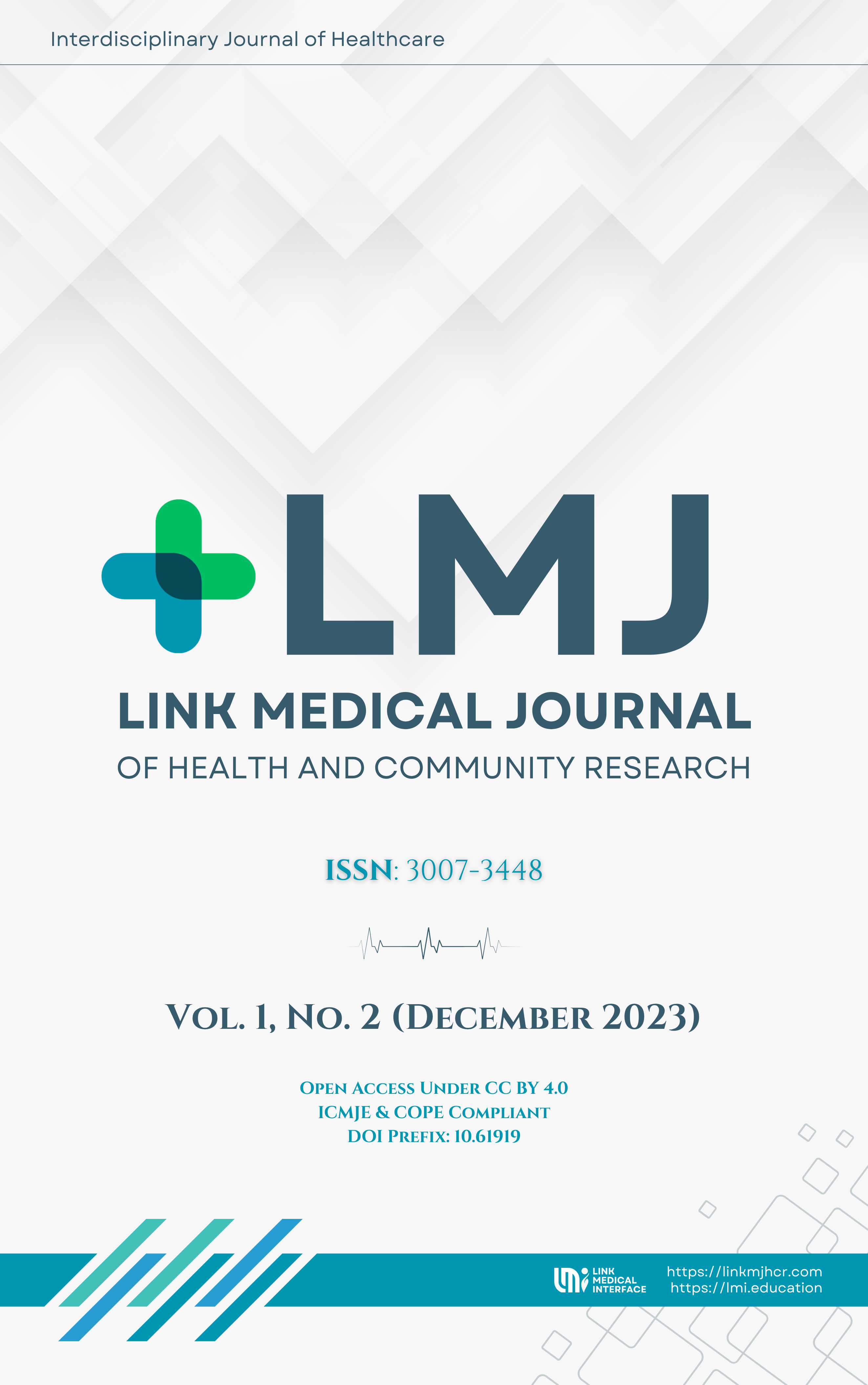Association Between Metabolic Dysfunction–Associated Fatty Liver Disease and Gastrointestinal Infections: A Retrospective Observational Study
DOI:
https://doi.org/10.61919/0s1xgw77Keywords:
Metabolic Dysfunction-Associated Fatty Liver Disease, Gastrointestinal Infections, Patient Record, Gut-Liver Axis; Comorbidity AnalysisAbstract
Background: Metabolic dysfunction–associated fatty liver disease (MAFLD) is the most prevalent chronic liver disorder worldwide and is closely linked with metabolic comorbidities. Disruption of the gut–liver axis may increase susceptibility to gastrointestinal (GI) infections, but evidence from large hospital-based cohorts remains limited. Objective: To examine the association between MAFLD and GI infections and to identify demographic and clinical factors that modify this relationship. Methods: We conducted a retrospective observational study of 550 adult inpatients with a confirmed diagnosis of MAFLD at a tertiary hospital in Pakistan between 2020 and 2022. Patients were stratified by presence or absence of GI infection, and demographic, socioeconomic, and comorbidity data were extracted. Associations were assessed using multivariable logistic regression, adjusting for prespecified covariates. Results: GI infections were more common in patients aged >65 years (57.1% vs. 43.8%, OR 1.62, 95% CI 1.30–2.02, p<0.001) and in those who were self-paying (53.5% vs. 46.6%, OR 1.28, 95% CI 1.03–1.61, p=0.028). Diabetes and hypertension were also associated with higher infection risk (ORs 1.30 and 1.70, respectively). Inflammatory bowel disease conferred the strongest association (OR 5.20, 95% CI 2.00–13.48, p<0.001). Conclusion: MAFLD patients with advanced age, metabolic comorbidities, and socioeconomic disadvantage are at increased risk of GI infections. Targeted screening and integrated care may help reduce this burden, but prospective studies are needed to confirm these associations.
Downloads
Published
Issue
Section
License
Copyright (c) 2023 Fatima Hussain, Gohar Kaleem (Author)

This work is licensed under a Creative Commons Attribution 4.0 International License.
© 2025 The Authors. This work is licensed under a Creative Commons Attribution 4.0 International License (CC BY 4.0).


